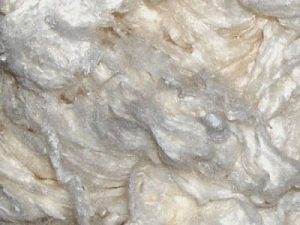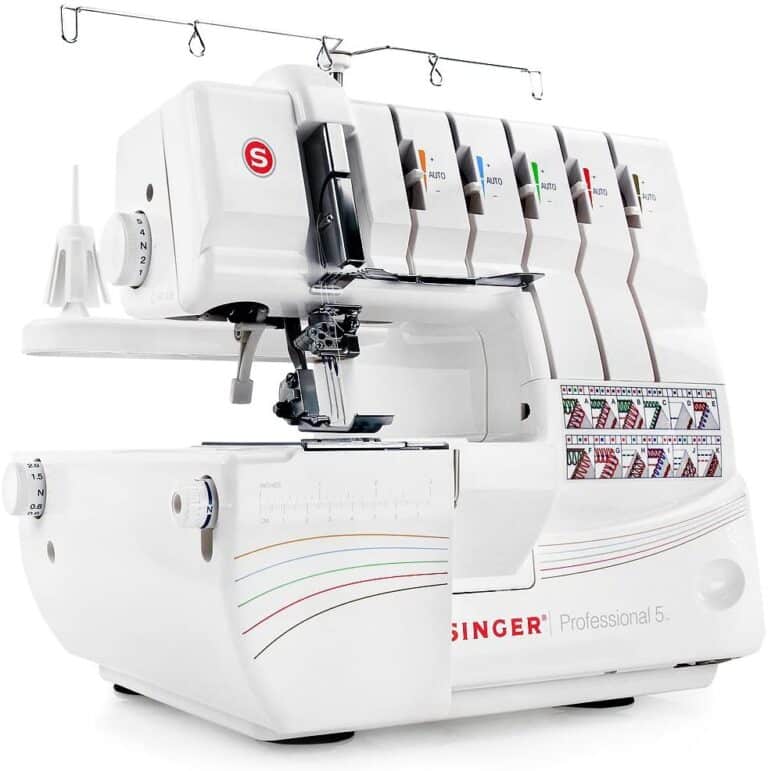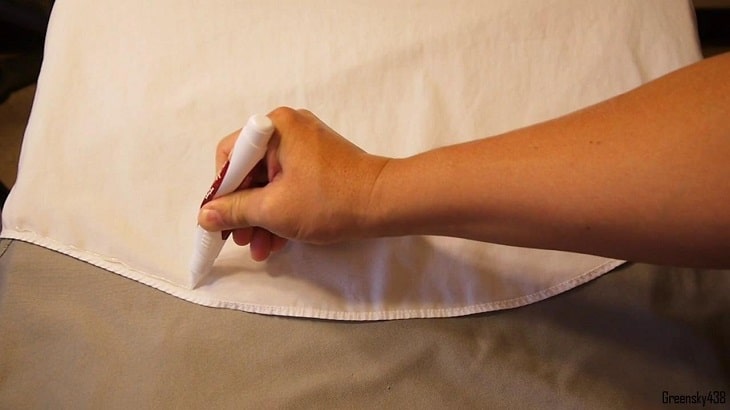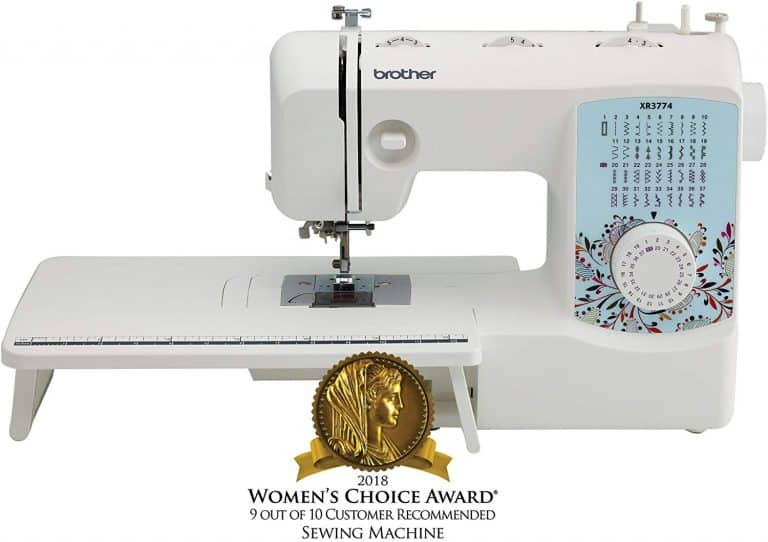Bamboo Fibers Fabric: History, Properties, Uses, Care, Where to Buy

Bamboo Fabric has been termed as the Most Eco-Friendly Fabric. This quality alone captures the attention of the designers and compels customers like you to purchase this fabric.
Table of Contents
History of Bamboo Fibers Fabric
Bamboo Fabric was launched in the textile world in 1864 by Philipp Lichtenstadt. Hos idea was to create something useful and new. He was inspired by an idea that led him to the disintegration of fibers of bamboo and using them and its pulp for different purposes like paper and fabric.
The application of fibers as fabric caught the attention of designers, and that is how Bamboo Fabric made a successful entry in the field of fashion.
Properties of Bamboo Fibers Fabric
Porous and breathable:
The threads and fibers are knitted in such a way that there are holes and pores in the fabric. This makes it breathable and comfortable to wear. No matter how harsh the summers are, you can still flaunt your favorite dress and wear it for hours without feeling trapped.
Strong and Durable:
The fibers of Bamboo Fabric are sturdy and have high tensile strength. You can wear it for decades and not worry about the fabric rotting away or being ripped.
Eco-Friendly:
The best attribute of this fabric is that it is biodegradable, and it does not harm the environment. You can confidently wear your Bamboo Fabric attire, knowing well that it is contributing to the preservation of the environment.
Absorbent:
The fibers of this fabric are thick and absorbent. They can soak a lot of moisture and are also good at retaining dyes and their colors.
Soft:
This fabric has a soft and smooth texture. You can wear it for days without itchy as it doesn’t irritate the skin or feels uncomfortable.
Shiny:
The appearance of the Bamboo fabric is shiny and graceful. It is popular in the textile industry because of its unique and lustrous look.
Anti-Bacterial:
Unlike most fabrics, the Bamboo fabric is anti-bacterial, naturally.
High Thread-Count:
Due to this property, it is easier to weave this fabric into clothes and apply different stitching and sewing techniques on it, like embroidery.
Uses of Bamboo Fibers Fabric
Bathroom Products:
This fabric is used to make bathrobes, towels, hand-towels, and swimwear.
Furnishing:
Bamboo Fabric is used in the making of sofa covers, pillowcases, and other decorative crafts.
Accessories:
This fabric is used widely to make masks, surgical suits, bandages, and nurses wear and gowns because of its distinct qualities.
Clothing:
The soft and comfortable nature of this fabric makes it ideal for the making of T-shirts and other casual wear.
Intimate Garments:
Many companies use this fabric to manufacture high-quality undergarments and lingerie.
Caring for Bamboo Fibers Fabric
If you have made a sensible decision to introduce Bamboo fabric to your wardrobe, then you must take good care of this fabric. In this case, heat and concentrated detergents are your enemies.
Make sure you wash this fabric on a gentle cycle wash in either cold or mildly warm water. Don’t squeeze it excessively or harshly, even in the dryer. Let it hang dry and avoid dry cleaning and use of bleaches at all costs. Remember these instructions and abide by them.
Now you are ready to redefine fashion in an eco-friendly way.
Where to buy Bamboo Fibers Fabric
We recommend buying Bamboo Fibers fabric at https://amzn.to/4b6kxLB.





